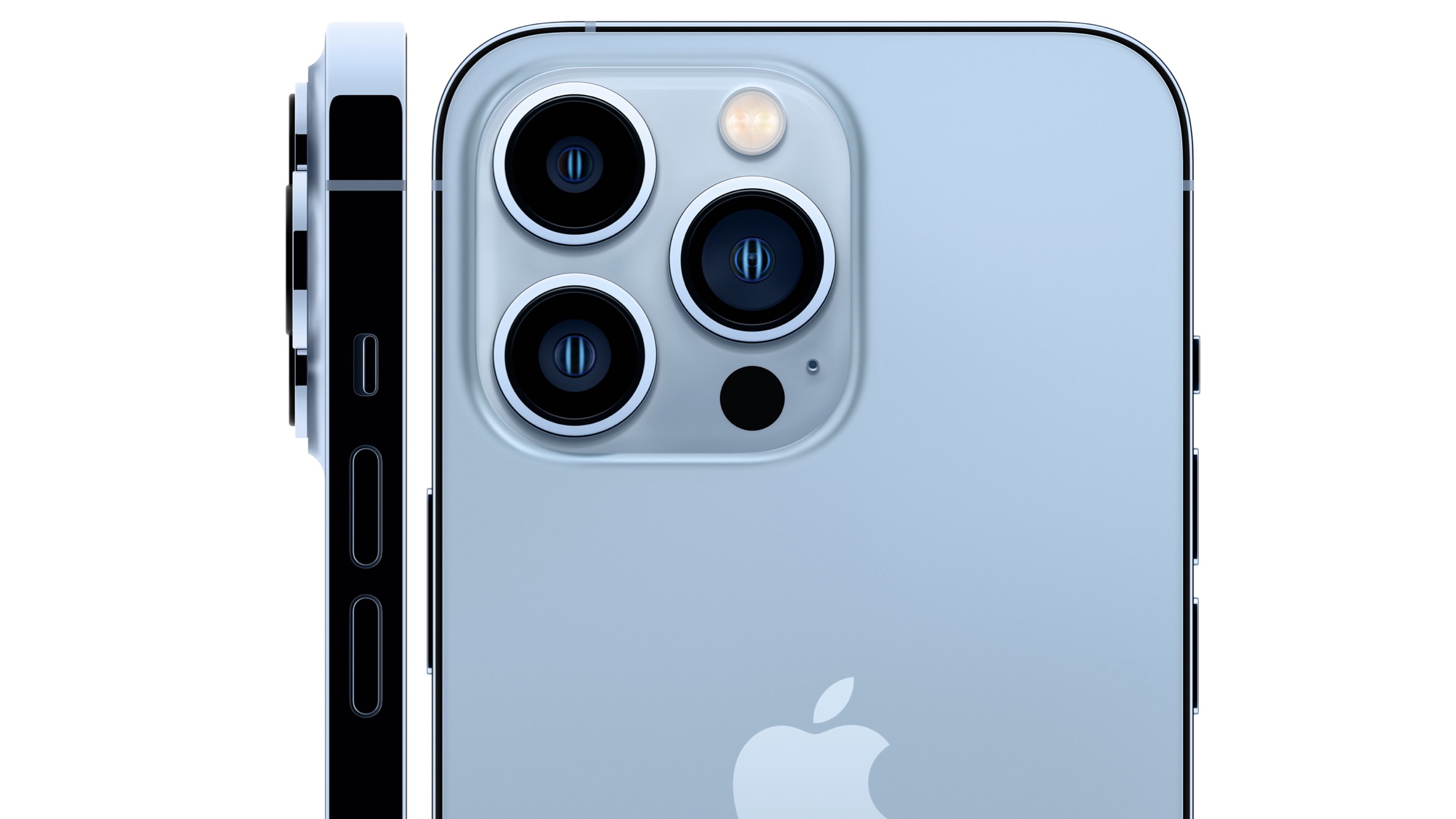![]()
With the launch of the iPhone 13 mini, iPhone 13, iPhone 13 Pro, and iPhone 13 Pro Max, Apple introduced several updated camera features, some of which are hardware based and some of which are software based.
Notably, the iPhone 13 Pro and iPhone 13 Pro Max now have identical camera systems, a departure from the different cameras featured in the iPhone 12 Pro and the 12 Pro Max. As usual, the iPhone 13 Pro models have the best camera systems, while the more affordable iPhone 13 models have step-down cameras that lack some of the Pro capabilities.
iPhone 13 and 13 mini Camera Specs
The iPhone 13 and 13 mini feature a dual-lens camera system. The Wide lens features an f/1.6 aperture, while the Ultra Wide features an f/2.4 aperture. The updated Ultra Wide camera offers better low light performance, and the updated Wide camera lets in 47 percent more light.
There is no Telephoto lens in the iPhone 13 and 13 mini, so these models are limited to 2x optical zoom out and digital zoom up to 5x.
Sensor-shift optical image stabilization, a feature once limited to the Pro models, is available across the iPhone 13 lineup.
iPhone 13 Pro and Pro Max Camera Specs
The iPhone 13 Pro and Pro Max include a three-lens camera system with an f/2.8 Telephoto lens, an f/1.5 Wide lens, and an f/1.8 Ultra Wide lens.
The Wide and Ultra Wide lenses are upgraded compared to the lenses in the iPhone 13 models and should result in notably better performance in low light conditions. The Wide lens features a wider aperture that lets in 2.2x more light and the largest sensor in an iPhone yet.
The Ultra Wide lens captures up to 92 percent more light, which should bring a drastic improvement in quality.
The 77mm Telephoto lens features 3x optical zoom in, up from 2.5x in the 12 Pro Max, and with the addition of the Ultra Wide lens at 2x zoom out, there is a 6x optical zoom range and support for 15x digital zoom.
There's also a LiDAR Scanner, which is not available on the iPhone 13 and 13 mini.
New Camera Features for All iPhones
Apple introduced several new features that take advantage of the more advanced image signal processor included in the A15 chip.
- Cinematic Mode - Uses rack focus to seamlessly shift the focus from one subject to another when capturing video. It holds focus on the subject while blurring the background, and can automatically change the focus when a new subject is about to enter the scene. Blur and focus can be adjusted after capturing video as well through the Photos app.
- Smart HDR 4 - Recognizes up to four people in a scene and optimizes contrast, lighting, and even skin tones for each person so everyone looks their best.
- Photographic Styles - Photographic Styles are smart, adjustable filters that can do things like boost or mute colors without affecting skin tone. Styles apply selectively to an image, unlike a filter that's applied to the entire image. Photographic Styles include Vibrant (boosts colors), Rich Contrast (darker shadows and deeper colors), Warm (accentuates golden undertones), or Cool (accentuates blue undertones). Tone and Warmth are customizable for each style, so you can get the exact look that you want.
Existing camera capabilities like Night Mode, Portrait Mode, Portrait Lighting, and Deep Fusion are also supported.
Pro Camera Features
There are several features that are limited to the Pro models and that won't be available on the iPhone 13 and iPhone 13 mini.
- Macro Photography - The Ultra Wide camera on the Pro models can focus at 2cm, which makes it ideal for macro photos. You can take macro photos or macro videos, including slow motion and time-lapse.
- Telephoto Night Mode - Night Mode is available for the Telephoto lens for the first time. Night Mode is available on all the Pro cameras.
- Night Mode Portraits - Night Mode portraits require the LiDAR Scanner, which continues to be limited to Pro models.
- Telephoto Cinematic Mode - Since the Pro models are the only models with a Telephoto lens, Telephoto Cinematic Mode is a pro feature. It works with the Wide, Telephoto, and TrueDepth cameras.
- ProRes - ProRes, which is coming later this year, lets users record and edit in ProRes or Dolby Vision.
Article Link:
All of the New iPhone 13 Camera Features: Macro, Cinematic Mode, Photographic Styles, Sensor Improvements and More




